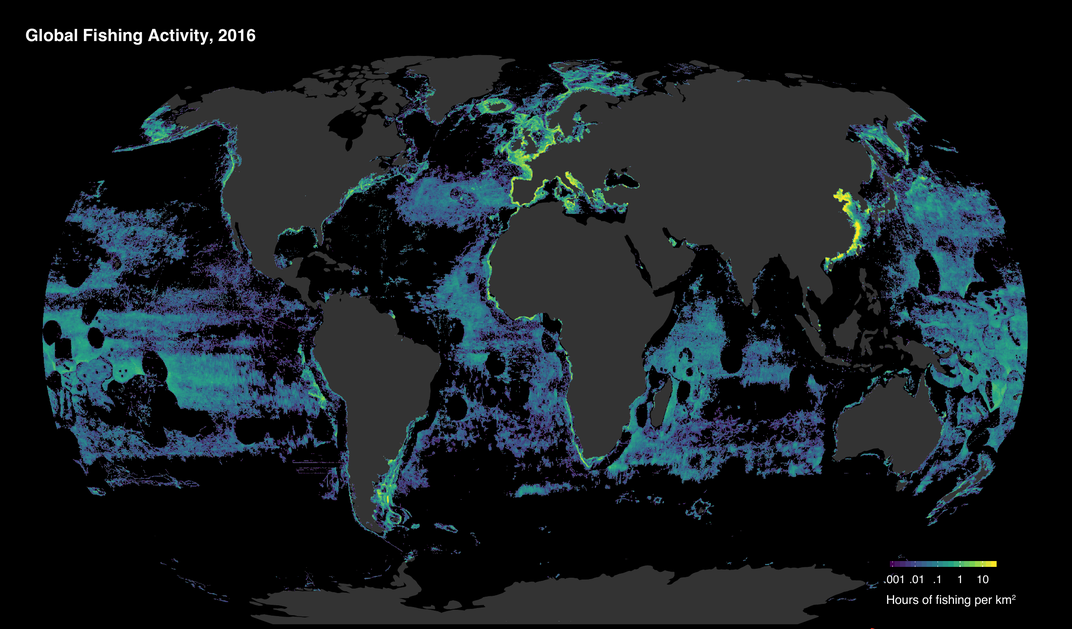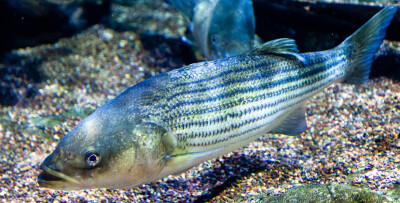The best takeaway from the report, “Tracking the Global Footprint of Fishing,” published Thursday in Science, may be which nation isn’t excoriated as a colossus of habitat-ravaging capitalist greed: the good old U.S. of A.
The report, led by David Kroodsma of Global Fishing Watch, asserts that so-called industrial fishing takes place in more than 55 percent of ocean area with a spatial extent more than four times that of global agriculture (77 million square miles vs. 19 million square miles).
The good news, if you will, is that, neither the northwest Atlantic nor the northeast Pacific is among, in the report’s words, “global hot spots” of fishing activity.
In what is likely to be its most quoted passage, the report asserts that over the course of one year (2016), “our data set captured 40 million hours of fishing activity by vessels that consumed 19 billion kWh of energy and covered a combined distance of more than 460 million km, equivalent to traveling to the Moon and back 600 times.”
The reference to energy expended in the harvest assures us no environmental liability is being overlooked. Surely, 600 trips to the moon and back must be a little wasteful!
The report is predicated on data derived from AIS — Automatic Identification Systems — from ships at sea. Used with radar, AIS is intended to keep vessels at sea from running into each other. It also allows maritime authorities to keep an eye on things. AIS reports a vessel’s name, dimensions, course, speed and position, as well as destination and estimated time of arrival.
It is not a vessel-monitoring utility in the way of VMS, or catch-monitoring system, and it is dependent on its operator for the proper entry of data, or for that matter, to be turned on. Not all vessels have AIS, and it is safe to say most fishing boats do not.
Yet the report’s authors construct diagrams of total fishing effort that is then parsed into effort by gear type and hours fished.
“Whoa, Nellie!” as the sports commentator Keith Jackson used to say.
Moreover, they contend that the area of oceans fished is “likely higher” than 55 percent and suggest 73 percent of ocean area was fished in 2016. One might imagine that 73 percent of ocean area was traversed by fishing vessels — I wouldn’t bet the farm on it, myself — but the notion that three-quarters of the area of the world’s oceans was fished is more than AIS can credibly sustain. Indeed, I would argue that, based on AIS data alone, one cannot analogously compare the footprint of fishing to that of agriculture without including the transportation of the production of land-based farms to market, among other factors.
It is the business of scientists with finite resources to seek new means of understanding the world around them. But it is also essential that they remain skeptics. “Directly map[ping] global fishing activity” with AIS, which was not designed with fishing vessel monitoring in mind, suggests that the thing they are most skeptical about is fishing.







